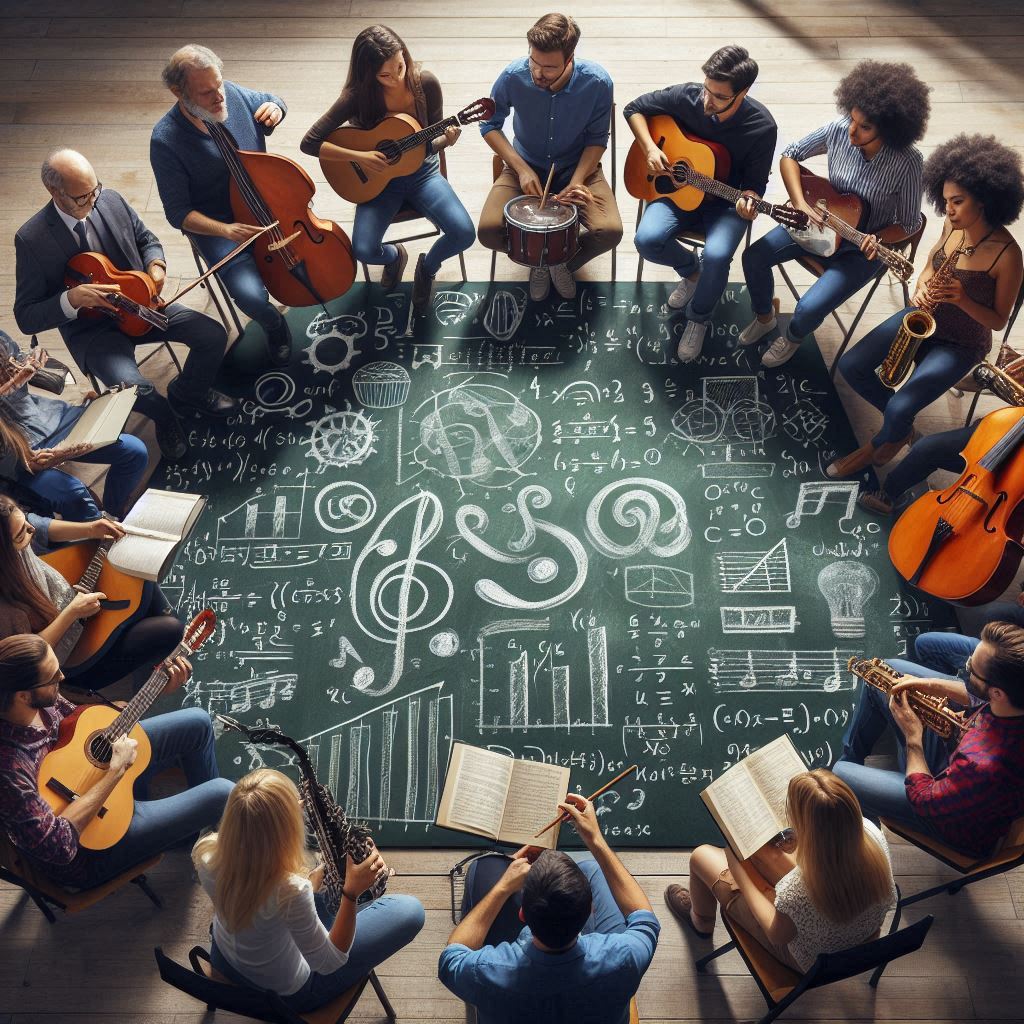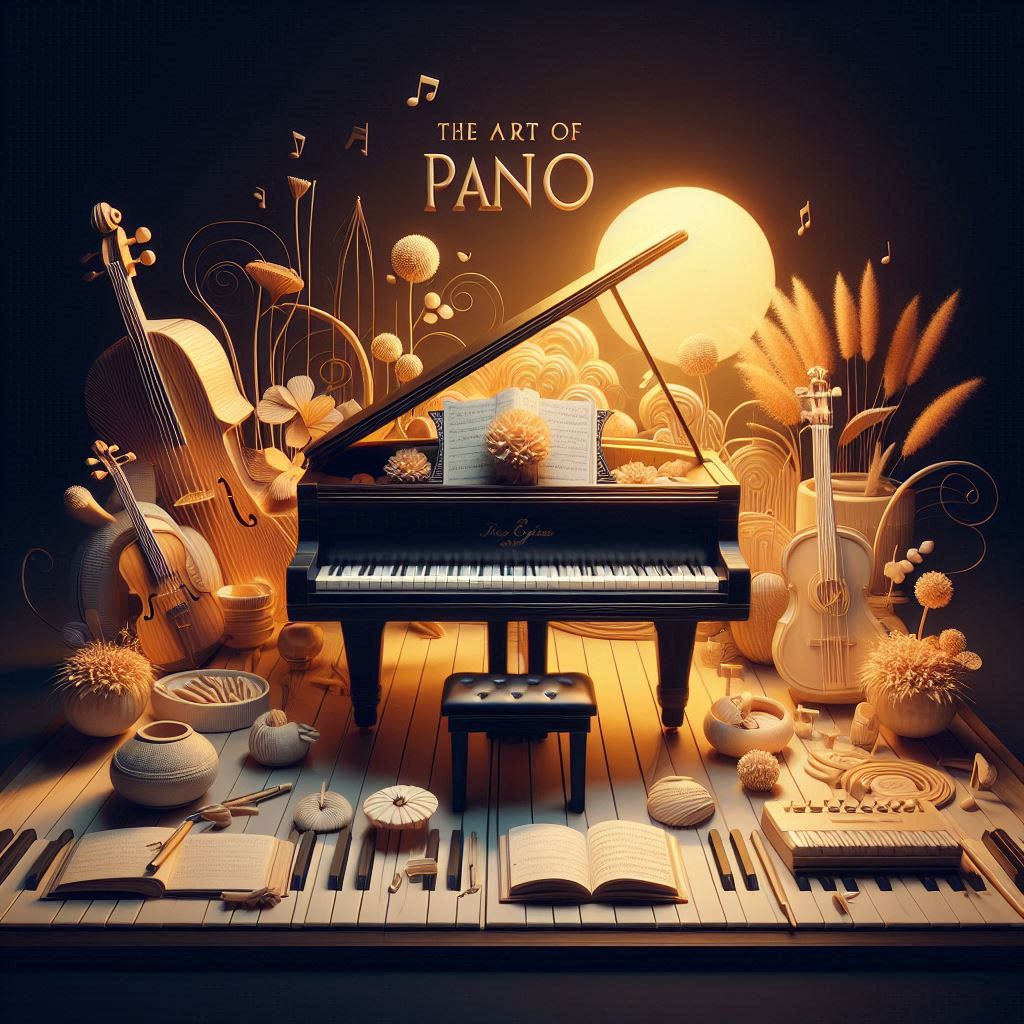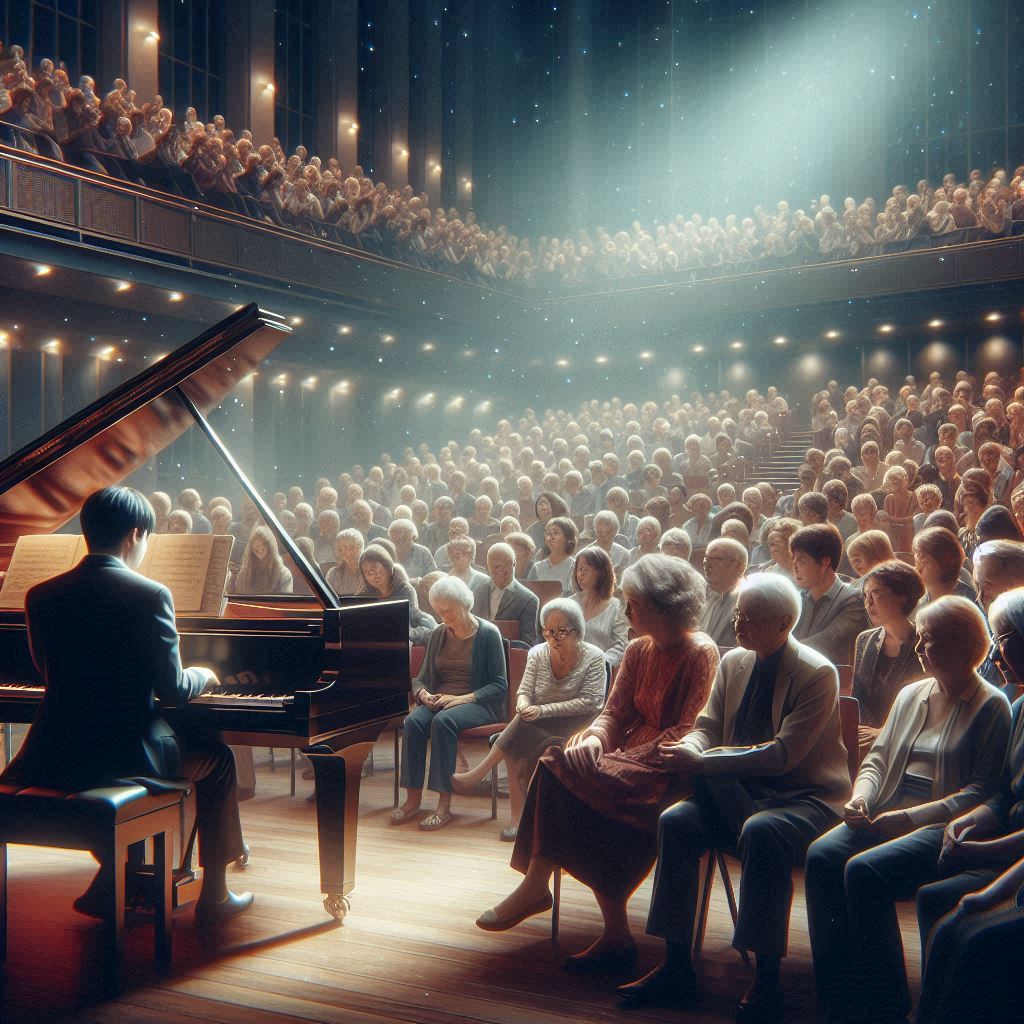Introduction
Music and mathematics may seem like two distinct fields, but they are deeply interconnected. The relationship between these disciplines dates back to ancient times when scholars first observed the mathematical principles that govern musical harmony and rhythm. In this article, we’ll explore how music and mathematics are connected, highlighting the ways in which mathematical concepts underpin musical theory, structure, and harmony.
Thank you for reading this post, don't forget to subscribe!Historical Perspective
The connection between music and mathematics has been recognized for centuries. Ancient Greek philosophers like Pythagoras studied the mathematical ratios that produce harmonious sounds. Pythagoras discovered that simple ratios of whole numbers create pleasing musical intervals, laying the foundation for the study of musical acoustics.
Mathematical Foundations of Music Theory
Music theory is built on mathematical principles. Notes, scales, chords, and rhythms all have mathematical underpinnings that define their structure and relationships. Understanding these principles allows musicians to create and interpret music with greater precision and creativity.
Rhythm and Time Signatures
Rhythm in music is inherently mathematical. Time signatures such as 4/4, 3/4, and 6/8 indicate how many beats are in each measure and which note value gets the beat. This quantifiable structure allows for the organization of time in music, making it possible to create complex rhythmic patterns and syncopations.
Frequency and Pitch
Pitch is determined by the frequency of sound waves. The frequency of a note is measured in hertz (Hz), and the relationship between frequencies of different notes creates musical intervals. For example, the frequency ratio of an octave is 2:1, meaning the higher note vibrates twice as fast as the lower note.
Harmonics and Overtones
When a note is played, it produces a fundamental frequency along with a series of overtones or harmonics. These overtones are integer multiples of the fundamental frequency and contribute to the timbre or color of the sound. The study of harmonics is a blend of music and mathematical acoustics.
Scales and Intervals
Musical scales are sets of notes ordered by pitch. The most common scale in Western music is the diatonic scale, which consists of seven notes with specific intervals between them. These intervals can be described mathematically, with each interval representing a specific ratio of frequencies.
Mathematical Patterns in Music Composition
Composers often use mathematical patterns to create structure in their music. Repetition, symmetry, and geometric patterns can be found in many musical compositions. These patterns provide coherence and unity, making the music more engaging and memorable.
The Fibonacci Sequence and Music
The Fibonacci sequence, a series of numbers where each number is the sum of the two preceding ones, appears in music composition. Musical phrases, rhythms, and even scales can be structured using Fibonacci numbers, creating a natural and aesthetically pleasing flow.
The Golden Ratio in Music
The Golden Ratio, approximately 1.618, is a mathematical ratio often found in nature and art. In music, the Golden Ratio can be used to determine the structure of compositions, such as the placement of climactic points and transitions, resulting in balanced and harmonious pieces.
Fractals and Musical Structure
Fractals, complex patterns that are self-similar across different scales, are found in both mathematics and music. Composers like Béla Bartók have used fractal structures to create intricate and repetitive patterns in their music, adding depth and complexity to their compositions.
Algorithmic Composition
Algorithmic composition involves using mathematical algorithms to create music. Computer programs can generate music based on predefined mathematical rules and patterns. This approach allows for the exploration of new musical ideas and the creation of innovative compositions.
Mathematics in Musical Acoustics
The study of musical acoustics involves understanding how sound waves interact with different environments. Mathematical models help design concert halls, instruments, and recording studios to optimize sound quality and acoustics, ensuring a better auditory experience.
Applications in Modern Music Technology
Modern music technology heavily relies on mathematics. Digital audio workstations (DAWs), synthesizers, and audio effects all use mathematical algorithms to process and manipulate sound. Understanding the math behind these technologies enables musicians and engineers to create more advanced and innovative music.
Conclusion
The connection between music and mathematics is profound and multifaceted. From the mathematical ratios that create harmony to the algorithms that generate new compositions, mathematics plays a vital role in the world of music. By exploring and understanding this connection, musicians can enhance their creativity, precision, and appreciation for the art of music.
FAQs
How are music and mathematics connected? Music and mathematics are connected through the mathematical principles that underpin musical theory, structure, and harmony. These include frequency ratios, rhythmic patterns, and geometric structures.
What role does mathematics play in music composition? Mathematics provides structure and patterns in music composition, helping to create coherent and engaging pieces. It is used in rhythm, harmony, scales, and even the overall form of compositions.
How does the Fibonacci sequence relate to music? The Fibonacci sequence can be used to structure musical phrases, rhythms, and scales, creating a natural and aesthetically pleasing flow in compositions.
What is the Golden Ratio in music? The Golden Ratio is a mathematical ratio often used to determine the structure of musical compositions, resulting in balanced and harmonious pieces.
How do modern music technologies use mathematics? Modern music technologies use mathematical algorithms for digital audio processing, sound synthesis, and effects manipulation, enabling the creation of advanced and innovative music.
Why is understanding the connection between music and mathematics important? Understanding this connection enhances a musician’s creativity, precision, and appreciation for music, allowing for more innovative and well-structured compositions.



